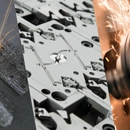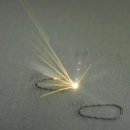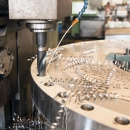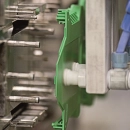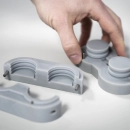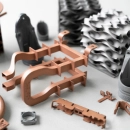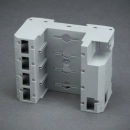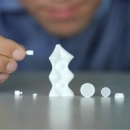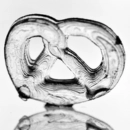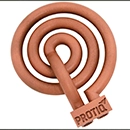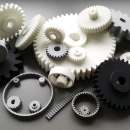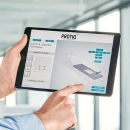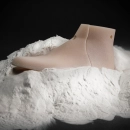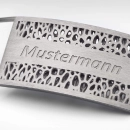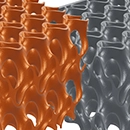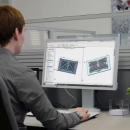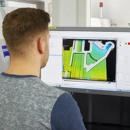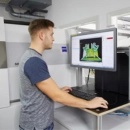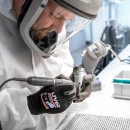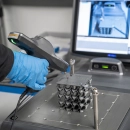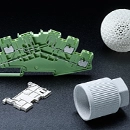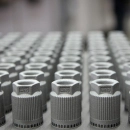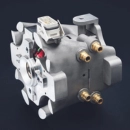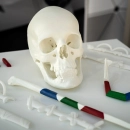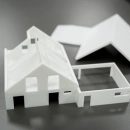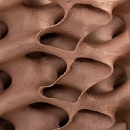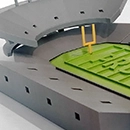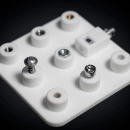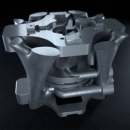Overhang
In additive manufacturing, "overhang" refers to structures or areas of a printed part that are not supported directly above the previous layer. These unsupported areas typically require additional support material to maintain their shape and stability during the printing process and prevent the material from sagging or deforming.
Overhangs often occur with complex geometries and designs that contain steep angles or protruding sections. Without proper support, the material cannot be deposited correctly, which can lead to deformations or structural weaknesses in the finished component. Particularly in processes such as fused deposition modeling (FDM) or stereolithography (SLA), the support structure is crucial for the successful production of such areas.
The strategic placement and design of support material can have a significant impact on the printing process. By effectively supporting the overhangs, print quality is increased while minimizing the amount of post-processing required to remove the support material. Modern software solutions provide tools to simulate and optimize support structures to maximize both material efficiency and surface quality. A sound understanding of overhangs is therefore essential for the successful planning and implementation of 3D printing projects.



 Deutsch
Deutsch English
English Italiano
Italiano